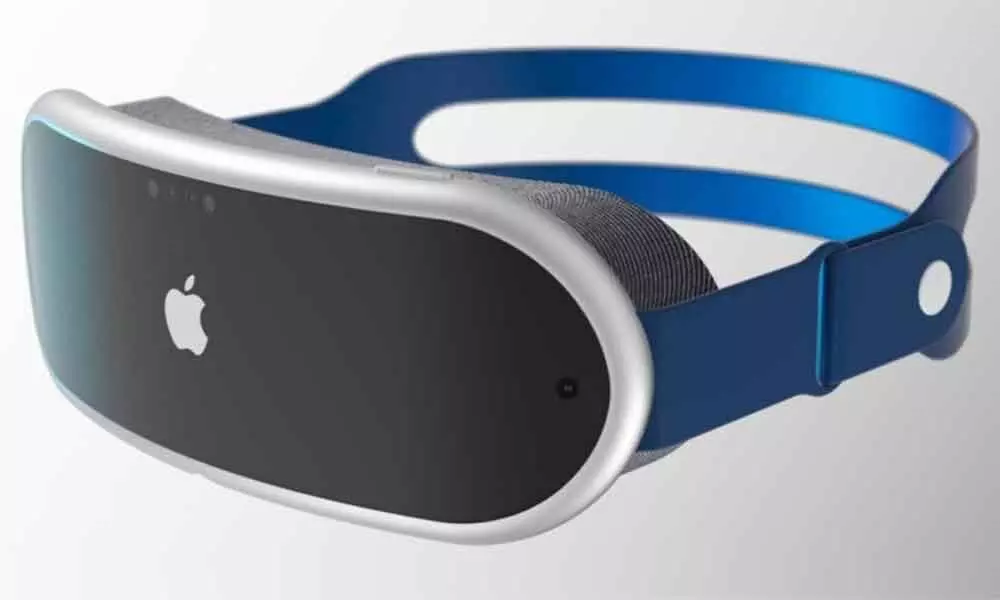Live
- Three persons admitted to hospital for diarrhea treatment
- First Star Outside Milky Way Captured: WOH G64 is 2,000 Times Larger Than the Sun
- Sikkim govt to constitute state Niti Ayog: CM Tamang
- CBI books Rajasthan narcotics inspector for Rs 3 lakh bribe
- Rajasthan bypolls: A tough contest between BJP and Congress
- Albania joins SEPA, paving way for EU integration
- Japanese government approves 250-billion USD economic package to ease price pain
- Six pharma companies to set up their units in Telangana
- The Unstable Events of a 17-Wicket Day in Perth: India vs Australia
- Dutch FM's Israel trip cancelled after Netanyahu's arrest warrant
Just In
Apple's AR / VR headset may need an iPhone or Mac connection


Apple's AR / VR headset may need an iPhone or Mac connection
Apple's expected Augmented Reality and Virtual Reality (AR/VR) headset will need to be wirelessly tethered to an iPhone or Mac device to unlock full functionality.
Apple's AR / VR headsets are rumoured to be designed to be dependent on another device and may have to offload more processor-heavy tasks to a connected iPhone or Mac, according to a report from The Information. Apple is reportedly working on a custom chip for the headphones, an SoC that intentionally lacks the capabilities found in Apple's other processors.
While the new chip reportedly does not have Apple's neural engine, which handles artificial intelligence and machine learning, it is reportedly designed to be better at sending and receiving data wirelessly and compressing/decompressing video than traditional chips, which makes sense if the headset is designed. to transmit data from another device instead of doing the heavy processing by itself.
Sources of the information say that it is designed to be as energy-efficient as possible for maximum battery life, something in which both removing unused parts of the chip and transmitting data from another device could help. For wearable technology, like a watch or a pair of glasses, there has always been a delicate balance between battery life and performance/capacity. The original Apple Watch delivered many tasks to a connected iPhone, although Apple was finally able to make its integrated processor powerful enough to handle many of them.
If the idea of Apple headphones relying on a separate device sounds familiar, it could be due to this 2020 Bloomberg report, which mentioned that earlier versions of the headphones were intended to work with a separate "stationary hub," which in prototype form it looked like a little Mac, "until Jony Ive chimed in to say it should be autonomous and Tim Cook sided with his chief designer.
It doesn't work for Apple anymore, but that doesn't necessarily mean Apple is going back to a bulky or stationary hub - the information reports that AR / VR headsets still have their own CPU and GPU inside, suggesting that it could communicate with a phone or tablet or even work in a basic standalone mode. Some of Apple's devices, like the Apple Watch, can still perform basic tasks in low battery mode.
As for what headsets will actually do, Apple CEO Tim Cook has long been excited about augmented reality and how it will "transform the way you work, play, connect and learn" and let people have "enhanced" conversations. Beyond that, we don't really have a clear idea of what kind of AR / VR interface or features the company wants to implement. Without that, it's hard to guess whether the device that has to dump the processing on something else is meant to be just a quirk of early models or a design decision that will stick around for years.

© 2024 Hyderabad Media House Limited/The Hans India. All rights reserved. Powered by hocalwire.com






